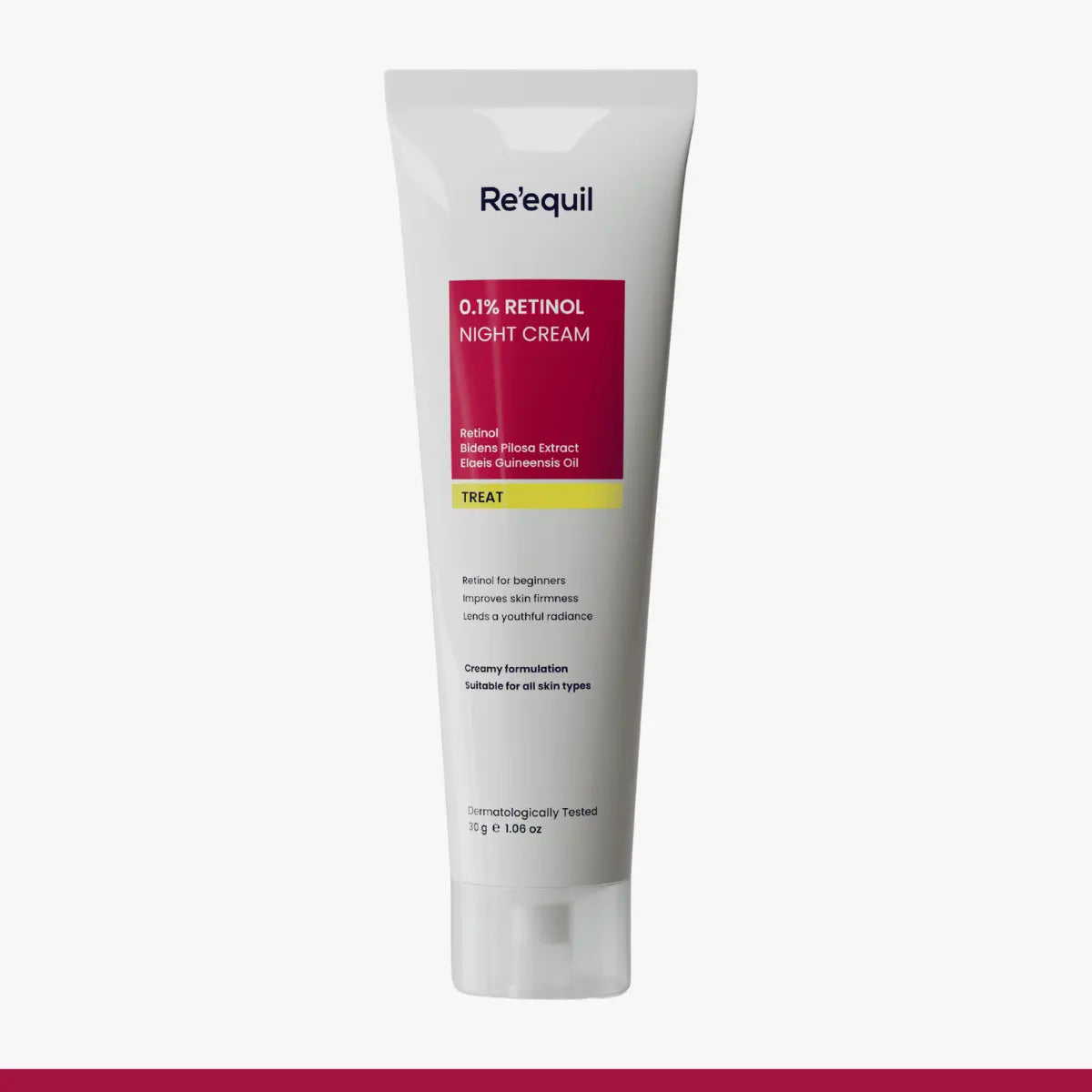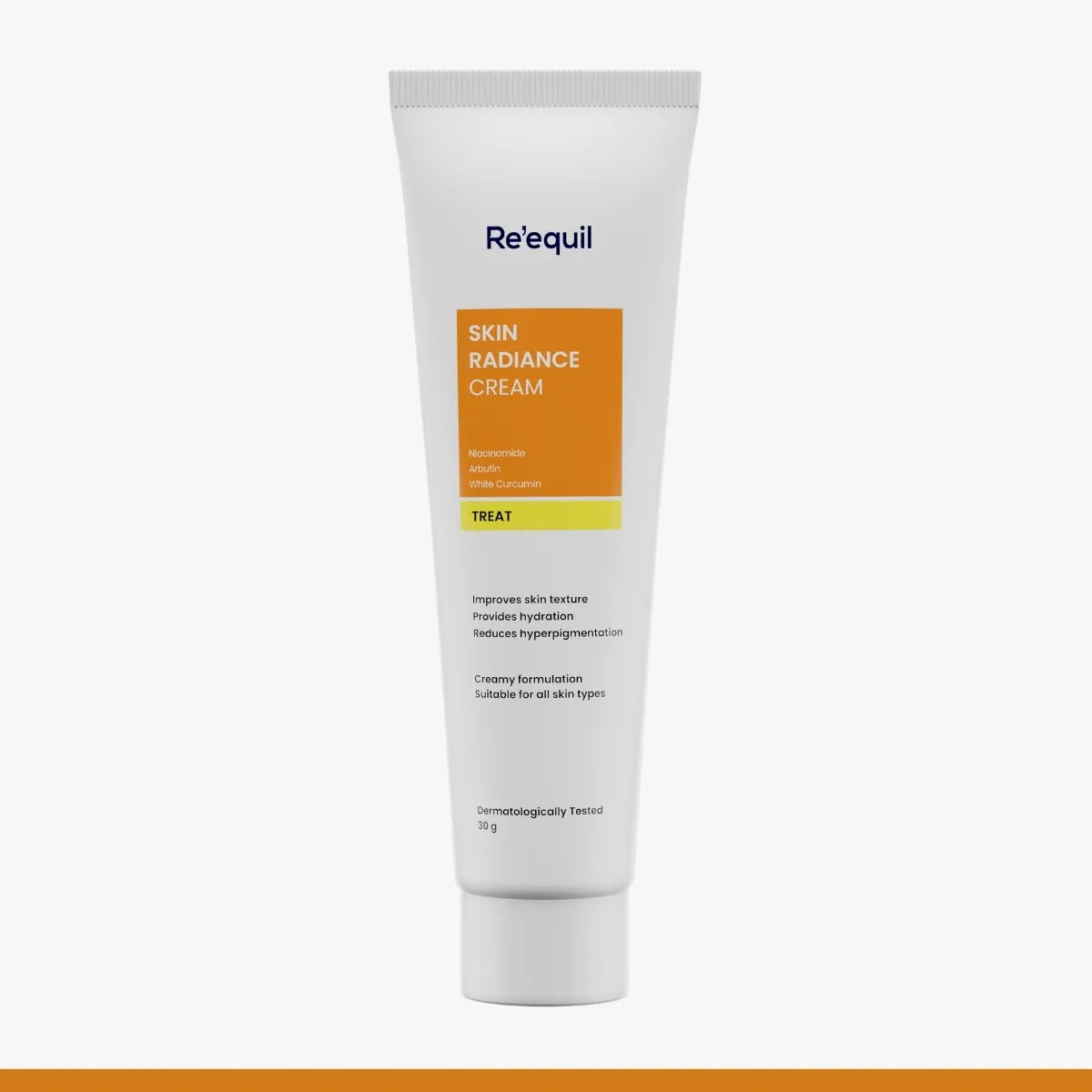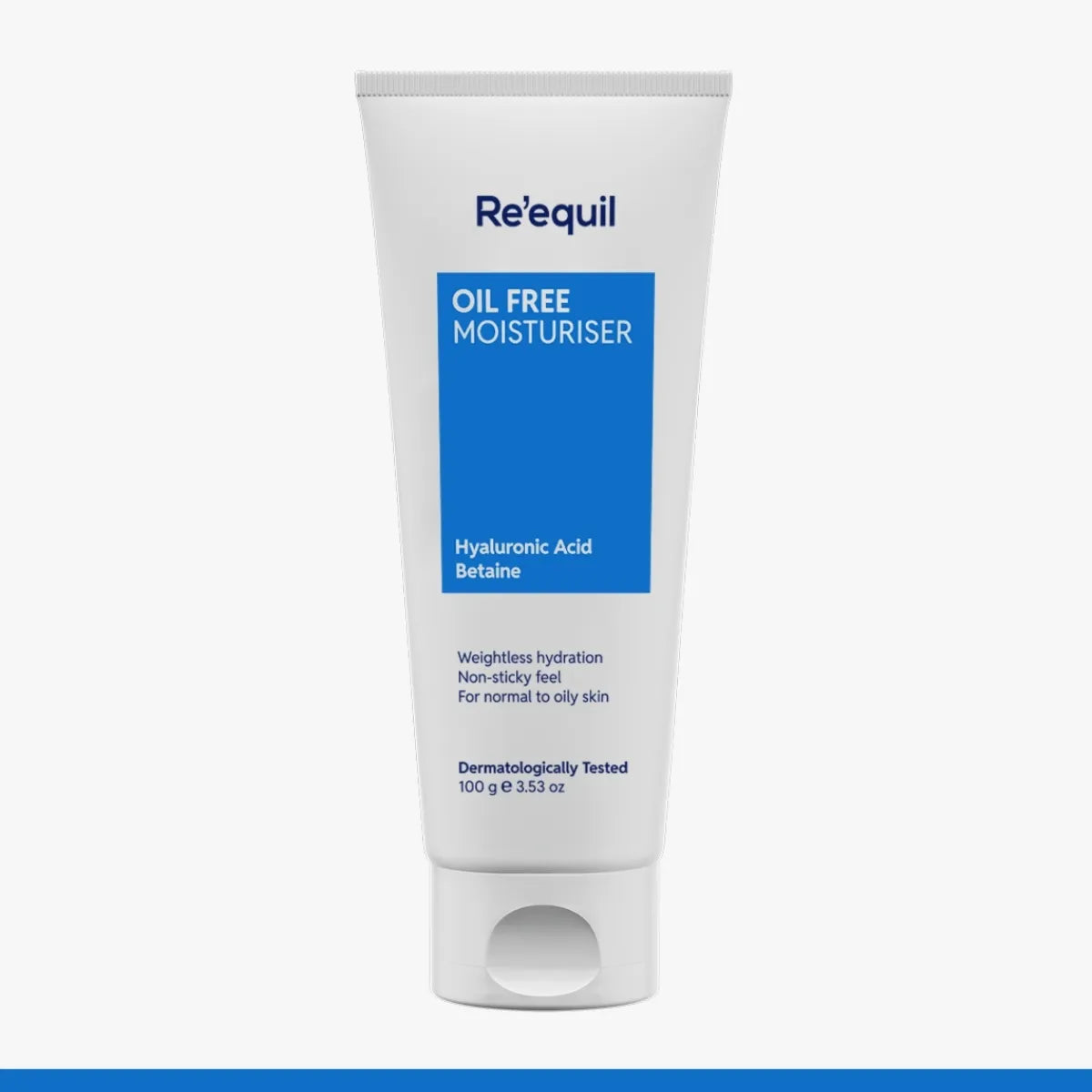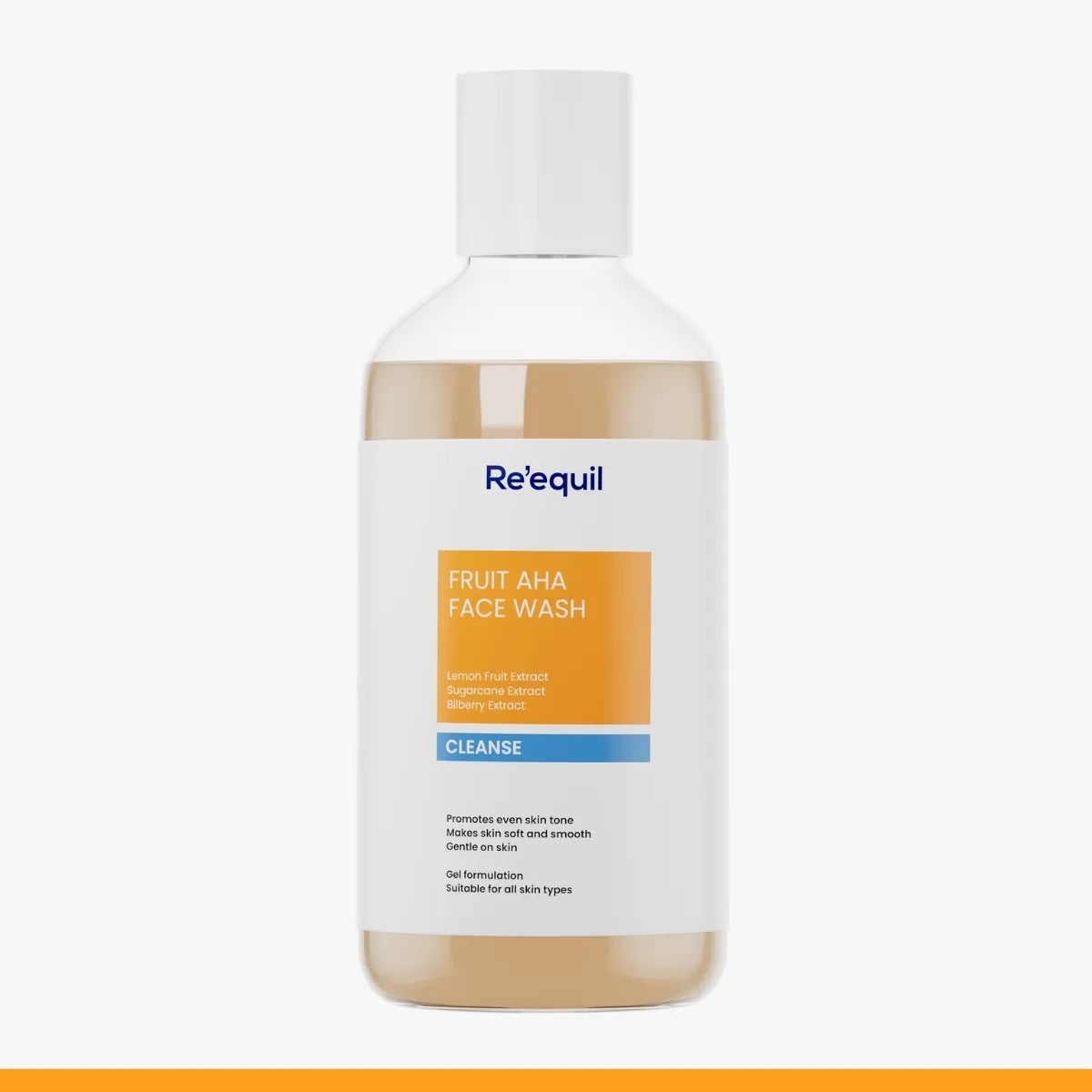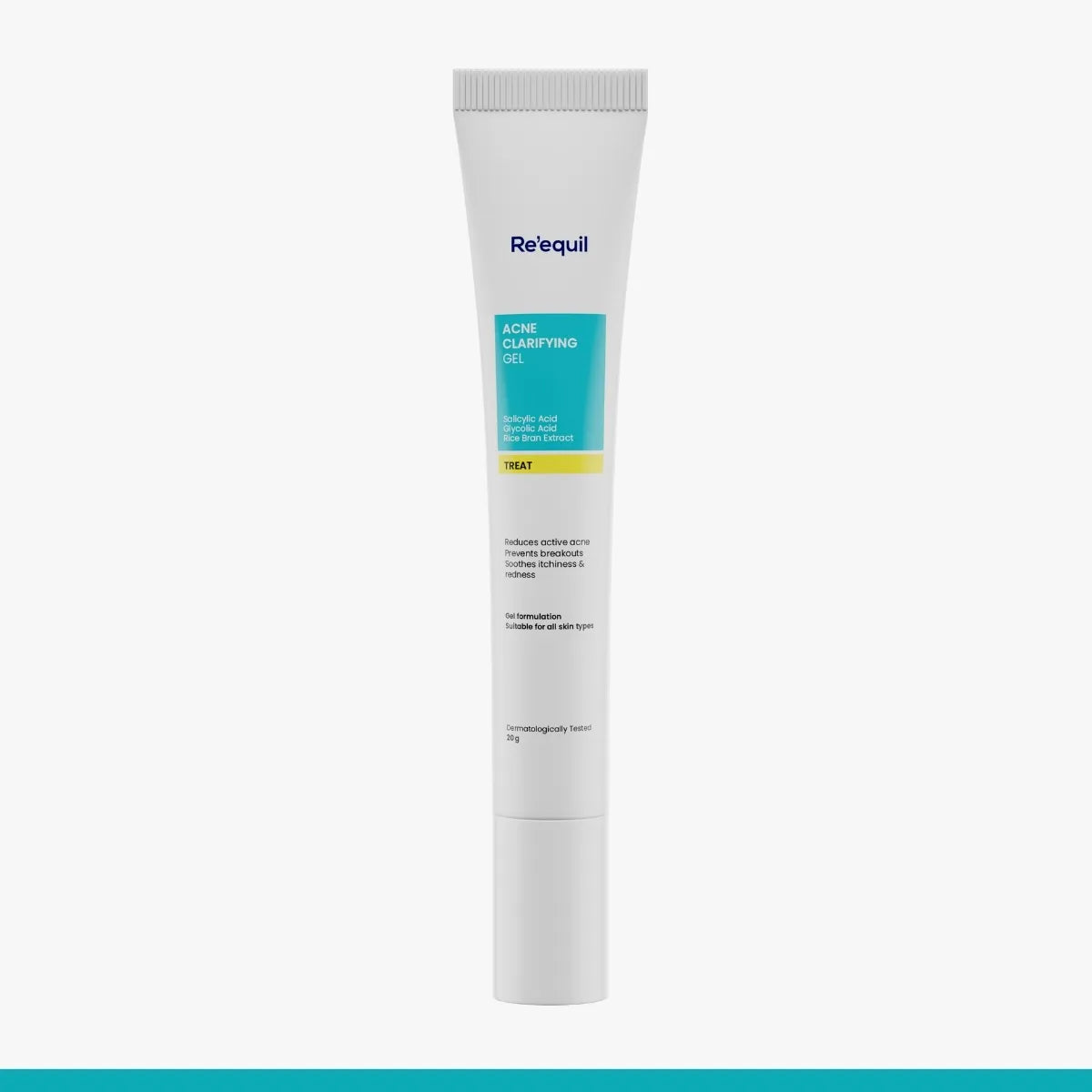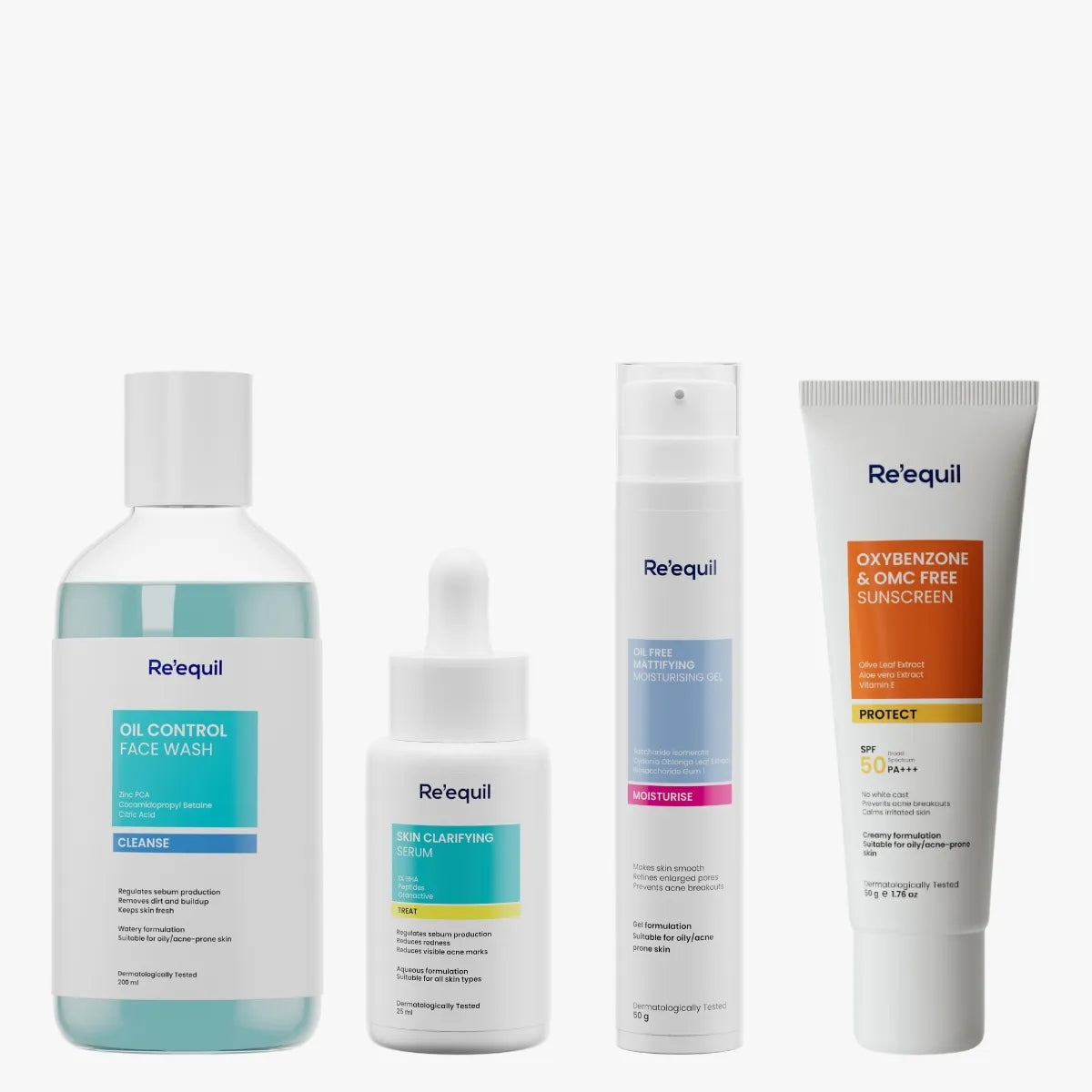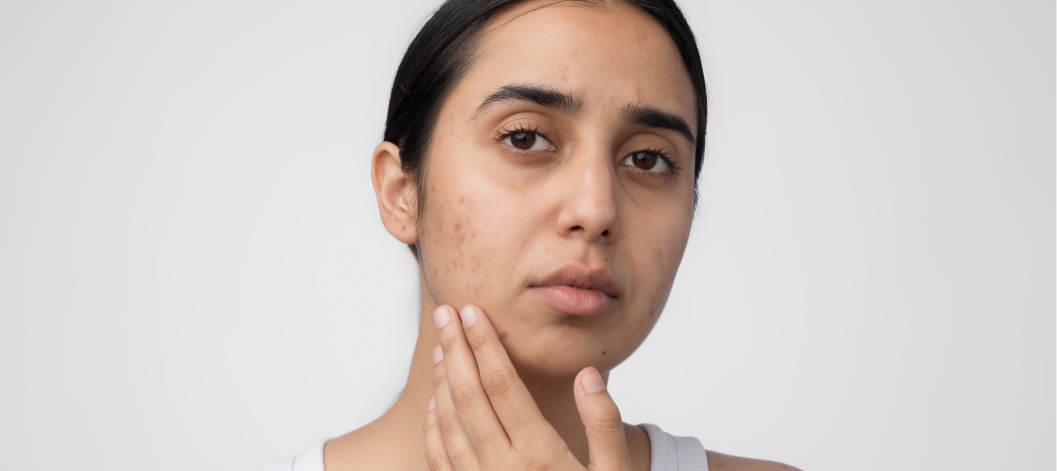Acne is a common skin condition that affects millions worldwide, but not all acne is created equal.
Hormonal acne and bacterial acne are two primary types, each with distinct causes, appearances and treatments.
Understanding the differences is the first step toward combating acne.
Whether your breakouts are triggered by hormonal fluctuations or bacterial overgrowth, this guide will walk you through identifying the root cause of your acne and finding the right solutions.
What is Hormonal Acne?
Hormonal acne occurs due to imbalances or fluctuations in hormones like testosterone.
These fluctuations increase sebum (oil) production, clogging pores and creating an ideal environment for acne-causing bacteria to thrive.
Who is most prone to hormonal acne?
Hormonal acne does not discriminate—it can affect anyone, but certain life stages and conditions make some individuals more susceptible.
Hormones play a crucial role in regulating various bodily functions, including skin health.
When these hormonal levels fluctuate or become imbalanced, it often manifests as breakouts, particularly on the lower face and jawline.
Hormonal acne is most common in:
- Teenagers going through puberty.
- Adults experiencing menstrual cycles or pregnancy.
- People with conditions like polycystic ovary syndrome (PCOS) or menopause.
Understanding who is most prone to hormonal acne can help you identify whether your breakouts might have a hormonal cause.
From adolescence to menopause, hormonal shifts are a natural part of life, but they don't have to mean a constant struggle with acne.
Key characteristics of Hormonal Acne
Hormonal acne typically presents as deep, painful cystic breakouts that often occur below the surface of the skin.
Unlike surface-level pimples, these cysts are inflamed and tender, making them harder to treat with over-the-counter remedies.
Unlike bacterial acne, which can appear anywhere on the face, hormonal acne tends to cluster in specific regions, making it easier to identify.
- Appearance: Deep, painful cysts that do not come to a head.
- Location: Often appears on the lower face, including the jawline, chin, and neck.
- Timing: Flares up during specific times in the menstrual cycle or under stress.
What is Bacterial Acne?
Your skin is home to a community of bacteria, both good and bad. Bacterial acne occurs when acne-causing bacteria multiply excessively, leading to inflammation and clogged pores.
What triggers Bacterial Acne?
Bacterial acne is primarily triggered by an overgrowth of Propionibacterium acnes (P. acnes), a bacteria naturally found on the skin.
When pores become clogged with excess oil or dead skin cells, it creates an environment where bacteria can multiply, leading to inflammation and acne.
This blockage prevents the skin from shedding dead cells effectively, and the trapped oil serves as a food source for acne-causing bacteria.
As the bacteria grows, the body’s immune response kicks in, causing redness, swelling and the formation of pustules or pimples.
Several factors can disrupt your skin’s microbiome and cause bacterial acne:
- Excessive oil production.
- Poor hygiene or dirty surfaces, like pillowcases and phone screens.
- Harsh or pore-clogging skincare products.
Identifying Bacterial Acne
Identifying bacterial acne involves recognising its distinct characteristics, which differ from other types of acne.
This type of acne typically appears as red, swollen pimples or pustules filled with pus.
It often develops in areas with high oil production, such as the face, chest and back.
Understanding these signs can help in differentiating bacterial acne from other types of breakouts.
- Appearance: Surface-level red pimples, pustules and blackheads.
- Location: Concentrated in oil-prone areas like the forehead, nose, and cheeks.
- Triggers: Environmental factors and improper skin care practices.
Hormonal vs. Bacterial Acne: How to spot the difference
Hormonal acne typically follows a predictable pattern tied to your menstrual cycle, stress levels or other hormonal changes.
In contrast, bacterial acne may flare up randomly, often in response to external factors.
| Feature | Hormonal Acne | Bacterial Acne |
| Depth | Deep, cystic | Surface-level, inflamed |
| Location | Jawline, chin, neck | T-zone (forehead, nose, cheeks) |
| Timing | Cyclic, hormonal triggers | Environmental triggers |
Can you have Hormonal Acne and Bacterial Acne at the same time?
Yes, it is possible to experience both hormonal and bacterial acne at the same time.
For instance, hormonal imbalances may increase oil production, while the bacteria multiplies in this excess oil, causing a double breakout.
Consulting a dermatologist is the best way to diagnose and treat such cases.
Treatment options for Hormonal Acne
Effectively treating hormonal acne involves tackling its root cause with a holistic approach that combines targeted skincare, lifestyle adjustments, and medical treatments.
By understanding the underlying triggers, you can explore effective options tailored to your skin’s unique needs.
1. Skincare Routine Adjustments
- Use gentle cleansers and non-comedogenic products.
- Incorporate retinol enriched with bioactive agents like Bidens Pilosa extract or vitamin E to exfoliate and unclog pores.
2. Lifestyle Modifications
- Manage stress with yoga or meditation.
- Maintain a balanced diet, limiting sugar and dairy, which may exacerbate hormonal fluctuations.
Treatment options for Bacterial Acne
Bacterial acne treatment focuses on minimizing bacterial growth and reducing inflammation to restore skin health.
Mild cases often respond well to over-the-counter formulations, while persistent or severe acne may require professional care.
Topical treatments like Salicylic Acid help reduce bacterial activity and unclog pores.
1. Targeted Topical Treatments
- Salicylic Acid: Kills acne-causing bacteria and reduces inflammation. Very effective for mild to moderate acne.
- Retinoids: Promotes skin cell turnover and prevents clogged pores.
2. Antibiotics
- Oral or topical antibiotics can also help reduce bacterial overgrowth and inflammation in severe cases.
3. Clean Habits
- Wash pillowcases and towels regularly.
- Avoid touching your face with unwashed hands.
The overlap: when Hormonal and Bacterial Acne collide
Sometimes, hormonal fluctuations can create the perfect environment for bacterial overgrowth, leading to a mix of both acne types.
This results in a mix of deep cystic lesions typical of hormonal acne and red, pus-filled papules or pustules associated with bacterial involvement.
In these cases, a multi-pronged approach involving hormone regulation and bacterial control is necessary.
Exploring fungal acne: not what you think
Fungal acne, frequently mistaken for bacterial or hormonal acne, arises from an overgrowth of yeast within the hair follicles.
It appears as small, red, itchy bumps, often on the forehead or temples. Treatment involves antifungal medications rather than traditional acne treatments.
When to seek professional help
If over-the-counter treatments aren’t helping or your acne worsens, it’s time to consult a dermatologist. They can:
- Perform a thorough examination of your skin.
- Conduct tests to identify hormonal imbalances or bacterial infections.
- Prescribe stronger medications or personalised treatments.
Preventing Acne: Building a sustainable routine
Preventing acne begins with building a skincare routine that aligns with your skin’s needs while remaining consistent and sustainable over time. At its core, the routine should focus on keeping the skin clean, balanced, and protected from external aggressors
For Hormonal Acne
- Stick to a consistent skincare routine.
- Prioritize sleep and stress management.
For Bacterial Acne
- Keep your skin clean without over-washing.
- Use products suited to your skin type.
Universal Tips
- Stay hydrated.
- Avoid heavy, pore-clogging makeup.
- Use sunscreen daily to protect your skin barrier.
The Final Takeaway
Acne is not just a superficial issue—it is a reflection of your internal and external health. While hormonal acne stems from fluctuations within your body, bacterial acne often arises from environmental factors and improper skincare. Understanding the differences between the two can empower you to choose the right treatments and take control of your skin health.
For persistent or severe cases, seeking professional guidance can help uncover the underlying causes and pave the way for clearer, healthier skin.
References
Kim, H. J., & Kim, Y. H. (2023). Exploring Acne Treatments: From Pathophysiological Mechanisms to Emerging Therapies. International Journal of Molecular Sciences, 25(10), 5302. https://doi.org/10.3390/ijms25105302
Ilyas, A., Kanwal, S., & Ahmed Khalid, U. . (2020). Hormonal Inconsistency: A Sign of the Onset of Acnegenesis: Hormonal Imbalance Leads to Acne. PSM Biological Research, 5(4), 166–177. Retrieved from https://psmjournals.org/index.php/biolres/article/view/423
